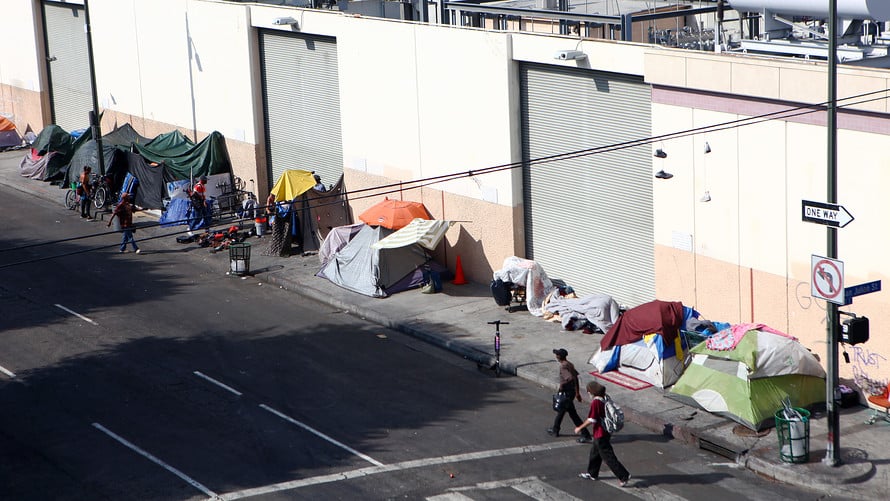According to federal data released on Friday, the number of homeless people in the United States reached a new high this year.
According to a head count conducted for the US Department of Housing and Urban Development, more than 653,100 people were homeless across the country in January.

That was an increase of 70,650 people, or 12%, over the previous year and the greatest amount since data collection began in 2007.
According to the survey, African Americans make up 13% of the total US population but account for 37% of all homeless people.
According to the report, Hispanics experienced the greatest increase in homelessness, increasing by 28%, or 39,106 people, between 2022 and 2023.
Following the research, the number of families with children suffering homelessness increased by 16%, reversing a declining trend that had been in place since 2012.
Six out of every ten homeless people in January were in shelters or other temporary housing, while four out of every ten were "in places not meant for human habitation," according to the report.
According to the research, California has the most homeless people (181,399), followed by New York (103,200), Florida (30,756), Washington state (28,036), Texas (27,377), and Oregon (20,142).
According to experts, the homelessness epidemic in the United States is caused by a multitude of causes, including poverty, mental health, addiction, and housing shortages.
Historically, homelessness emerged as a national issue in the 1870s. Early homeless people lived in emerging urban cities, such as New York City. Into the 20th century, the Great Depression of the 1930s caused a substantial rise in unemployment and related social issues, distress, and homelessness. In 1990, the U.S.




















